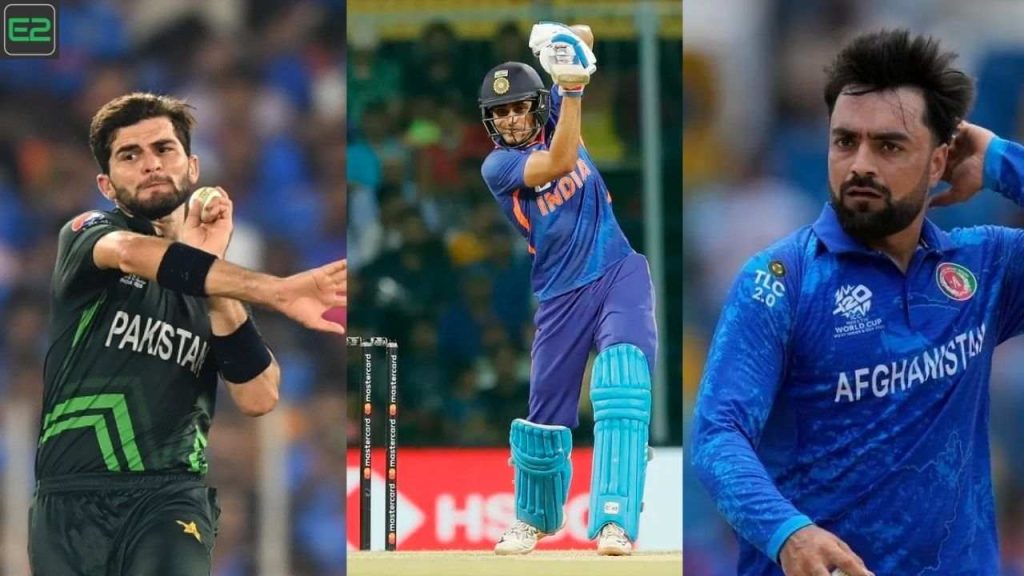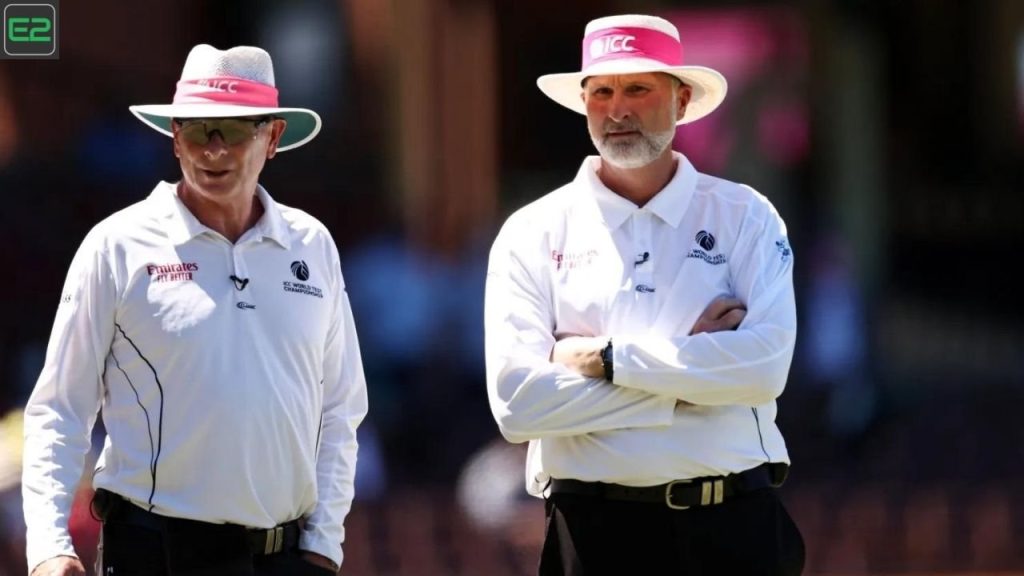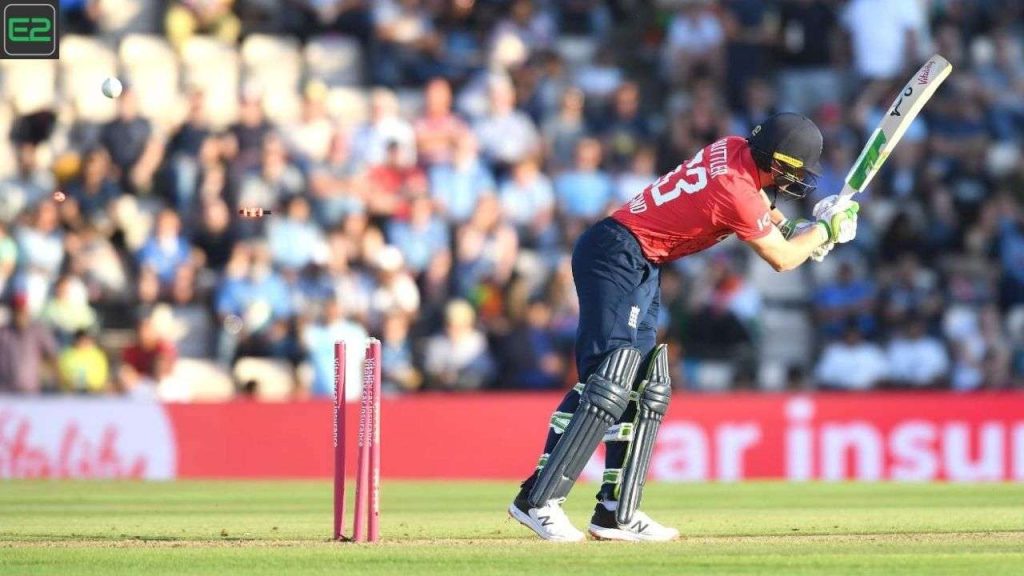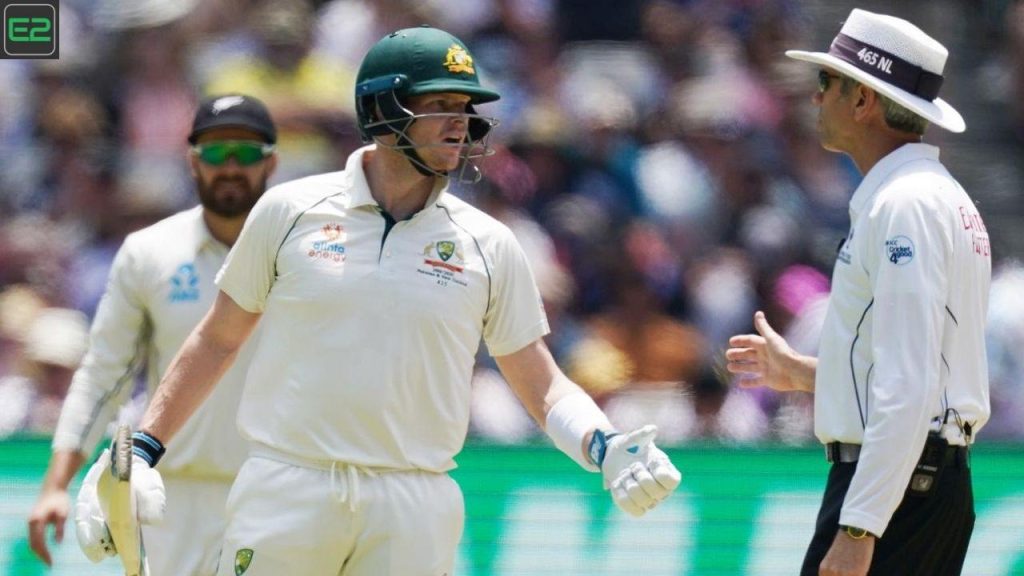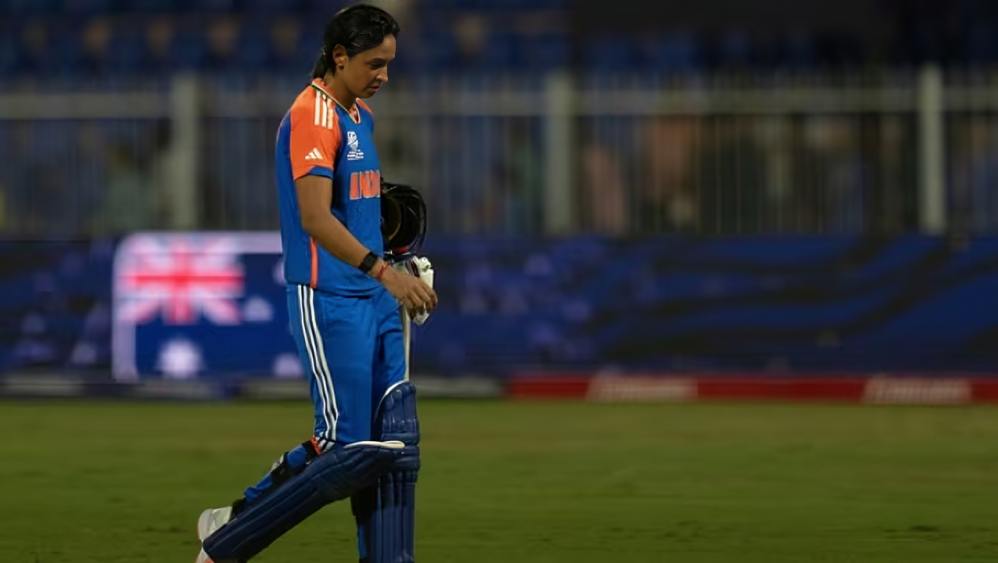The Punjab Cricket Association (PCA) Stadium in Mohali, also known as the Mohali Cricket Ground, is one of the premier cricket stadiums in India. Located in Mohali, a city in the northern state of Punjab, the stadium is a favored venue for international and domestic cricket matches. Renowned for its modern facilities and passionate cricketing culture, Mohali has hosted several memorable matches in its history. One of the key features of the Mohali Cricket Ground, like any major cricket ground, is its boundary dimensions. The size of the field and the boundary length directly influences the nature of the game, affecting both batting and bowling strategies.
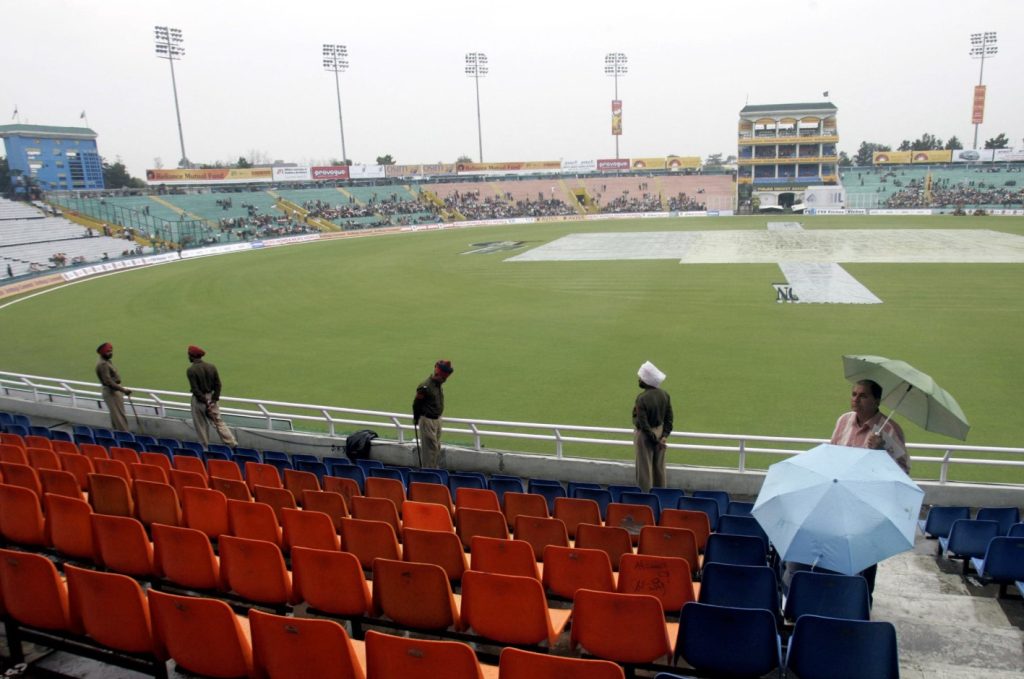
This article delves into the boundary length of the Mohali Cricket Ground, examining its impact on the game, comparing it to other prominent international grounds, and understanding how these dimensions have shaped the stadium’s character over time.
Introduction to the Mohali Cricket Ground
The Mohali Cricket Ground is situated in Mohali, Punjab, and is known for its close proximity to Chandigarh, the capital city of Punjab and Haryana. The stadium is the home ground for Punjab’s domestic cricket team and has been the venue for many international fixtures. Established in 1993, the stadium has a seating capacity of approximately 26,000 spectators, and its layout has undergone various changes since its inception.
The field at Mohali is known for its excellent playing conditions, with a smooth, well-maintained pitch that typically favors both fast bowlers and spinners. The ground has witnessed numerous iconic cricketing moments, including high-profile Test matches, One Day Internationals (ODIs), and T20 matches. One of the aspects of the ground that stands out is its boundary dimensions, which have been set to offer both a challenge for the batsmen and a fair test for the bowlers.
The Dimensions of the Mohali Cricket Ground Boundary
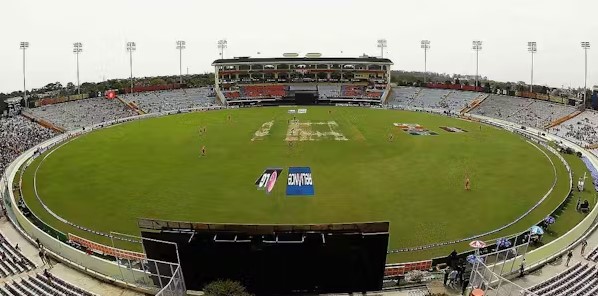
General Layout and Shape of the Ground
Like most modern cricket stadiums, the Mohali Cricket Ground has an oval shape. The ground has a smooth, well-maintained outfield and is surrounded by a strong infrastructure that ensures excellent spectator experience. The boundary lengths vary at different sections of the stadium, which is a characteristic of many oval-shaped fields. Understanding these dimensions is essential to comprehending how the game is played at this venue.
Cricket Boundary Length at Mohali
The boundary length at Mohali, like any cricket ground, is a crucial element in shaping the nature of a match. Longer boundaries generally make it more challenging for batsmen to score boundaries, forcing them to hit harder and aim more accurately. On the other hand, shorter boundaries may result in more frequent boundaries and higher scoring.
At the Mohali Cricket Ground, the boundary dimensions vary depending on the part of the ground. Below is a breakdown of the approximate measurements:
- Straight Boundary: The distance from the center of the pitch to the boundary at both ends (straight boundaries) is approximately 65 to 70 meters.
- Square Boundary: The square boundary (the distance from the center of the pitch to the boundary along the sides of the ground) typically ranges between 70 to 75 meters.
- Longest Boundary: The longest boundary, which is typically measured from the center of the pitch to the boundary at the deep mid-wicket or deep extra cover, can extend up to 80 meters.
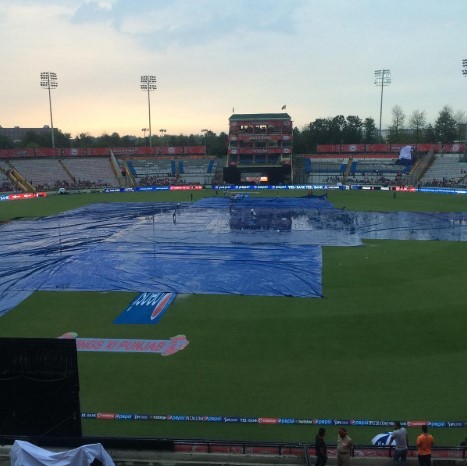
Comparative Table of Mohali Boundary Lengths
| Boundary Type | Approximate Distance |
|---|---|
| Straight Boundary | 65 to 70 meters |
| Square Boundary | 70 to 75 meters |
| Longest Boundary | Up to 80 meters |
Variation in Boundary Lengths
The variation in boundary lengths at Mohali, like many international stadiums, is due to the shape of the ground. The stadium is not perfectly symmetrical, which leads to slightly different boundary measurements on the north, south, east, and west sides of the field.
- Straight Boundaries: At both ends of the pitch, the straight boundaries are relatively shorter than the square boundaries, giving bowlers less room to work with on these parts of the field.
- Square Boundaries: The square boundaries, on either side of the ground, are slightly longer, which can sometimes prove to be more challenging for batsmen trying to clear the ropes.
- Longest Boundary: The longest boundary of up to 80 meters is located along the deep mid-wicket or deep extra cover area. This boundary can be a significant factor for batsmen trying to hit the ball out of the park.
Influence of Boundary Length on Game Dynamics

Batting Strategy
The boundary length at Mohali has a notable impact on batting strategy. The relatively shorter straight boundaries mean that batsmen can target the gaps in these areas for quick runs or even boundary shots. However, with longer square boundaries, batsmen need to be more precise and powerful when trying to clear the rope in these areas.
- Power Hitting: Batsmen who are capable of hitting long-distance sixes are more likely to target the longer square boundaries, using their strength to clear the field.
- Placement: Placement of the ball is also crucial at Mohali. A batsman who can place the ball in the gaps along the square boundaries will find it easier to get boundaries even though these areas are longer.
- Fielding Positions: The boundary lengths also affect the placement of fielders. On shorter boundaries, the fielding side often places boundary riders in key areas to cut down on boundaries, while on longer boundaries, the fielders are typically positioned deeper to stop the ball from clearing the ropes.
Bowling Strategy
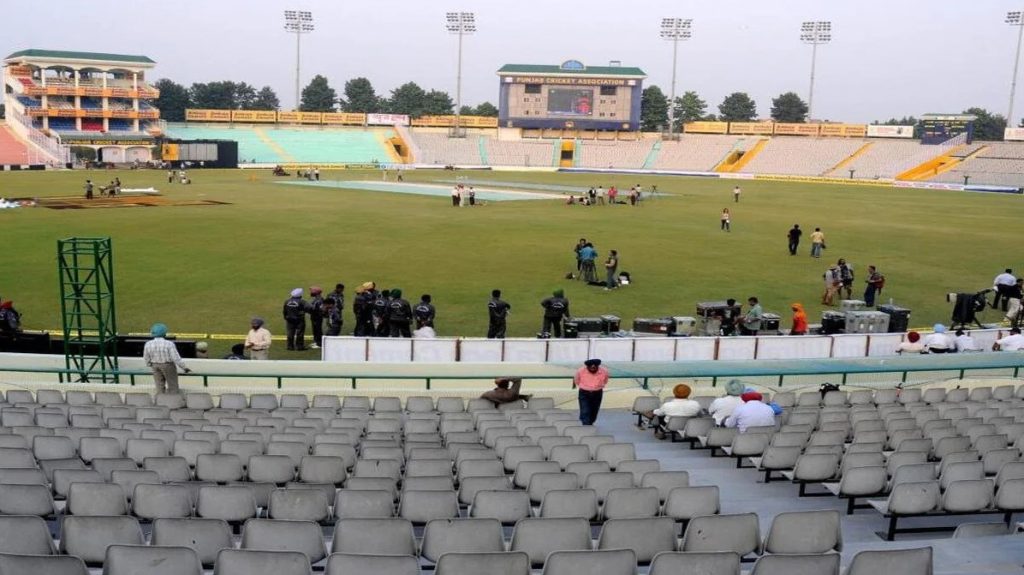
- Short-Pitched Deliveries: On the shorter straight boundaries, bowlers often bowl short-pitched deliveries, tempting batsmen to pull or hook the ball, taking advantage of the relatively smaller distance.
- Length and Line: Bowlers may use more defensive lengths to target the longer square boundaries, especially if the ball is hit in the air and has to travel farther to reach the boundary.
- Spinners’ Role: Spinners, in particular, need to be strategic about their lines and lengths when the boundary is longer. By inducing the batsmen to misjudge the spin, spinners can create opportunities to dismiss the batsmen before they have a chance to score big from the longer boundaries.
Fielding Strategy
Fielding strategy is also influenced by boundary lengths. With longer boundaries, the outfielders are required to cover more ground, making athleticism and speed important. The following field placements are common at Mohali:
- Shorter Boundaries: Fielders are often stationed near the boundary to cut off powerful shots.
- Longer Boundaries: On longer boundaries, the fielding side may place deeper fielders, especially in the deep mid-wicket and deep cover areas, to prevent the ball from going for a six.

The Impact of Technology and Rule Changes
Advancements in technology, including the introduction of the boundary rope, have also had an impact on the length of boundaries in modern-day cricket. The boundary rope allows more precise measurements and has become a standard in international cricket. Additionally, changes in rules, such as the enforcement of fielding restrictions and powerplays, influence the type of boundaries scored and the strategies employed by players.
Comparing Mohali’s Boundary Length with Other Major Cricket Grounds
It is important to compare the boundary lengths of Mohali with those of other major international cricket grounds to understand how it stands in the context of global standards.
| Stadium | Straight Boundary Length | Square Boundary Length | Longest Boundary Length |
|---|---|---|---|
| Mohali Cricket Ground | 65-70 meters | 70-75 meters | Up to 80 meters |
| Lord’s (London, UK) | 61 meters | 70 meters | 82 meters |
| Eden Gardens (Kolkata, India) | 60 meters | 75 meters | 85 meters |
| Wankhede Stadium (Mumbai, India) | 60 meters | 70 meters | 80 meters |
| Melbourne Cricket Ground (MCG, Australia) | 70-90 meters | 80 meters | 90 meters |
While the boundary lengths at Mohali are quite standard compared to other major cricket grounds, it does have a unique feature in terms of its combination of shorter straight boundaries and longer square boundaries, offering a distinct playing experience.
The boundary length at Mohali Cricket Ground plays a pivotal role in shaping the dynamics of the game. With boundaries that range from 65 to 80 meters, batsmen face a unique challenge that requires them to carefully plan their strokes. The combination of short straight boundaries and longer square boundaries makes the ground a balanced venue for both bowlers and batsmen. The strategic influence of boundary lengths extends to both batting and fielding strategies, highlighting the importance of planning and execution in a match at Mohali.
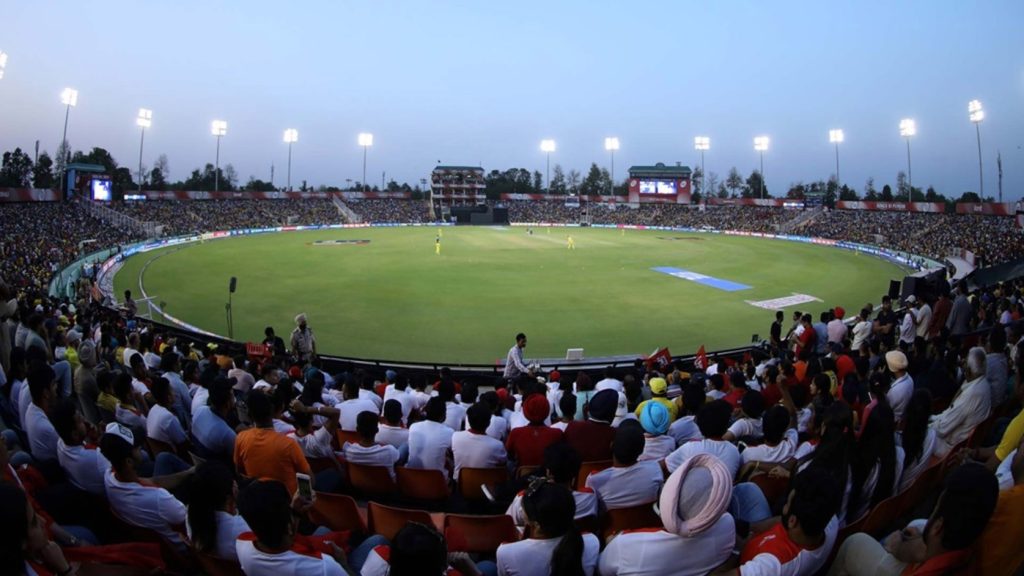
Through careful analysis of the boundary dimensions and how they affect gameplay, it is clear that the Mohali Cricket Ground offers a unique test for cricketers, and its influence on the game is seen in every match played there. As the stadium continues to host high-profile cricket events, the boundary dimensions will remain a significant factor in shaping the results of the game.
E2BET: Welcome! Discover Endless Betting Possibilities!
- Learn How to Bet on Football at e2bet Today
- Boost Your Winnings: Understanding E2Bet Bonuses
- Football Betting



